Igniting a spark for science and maths
Published by SchoolAdvisor | Jul 06, 2017by Theresa Hyacinth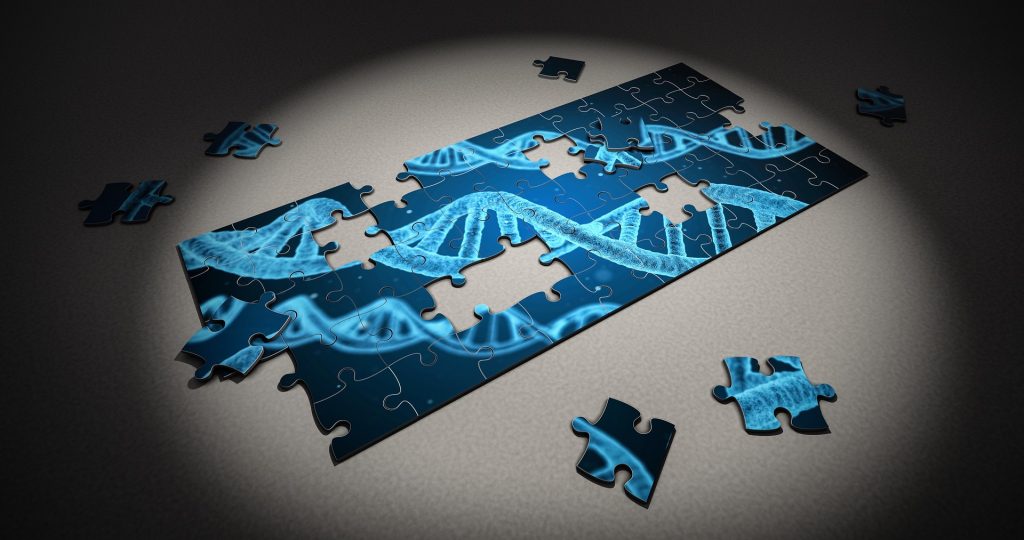 Have you ever sat through a science class feeling bored and uninspired, wondering what difference this could possibly make to your life or future?
Have you ever sat through a science class feeling bored and uninspired, wondering what difference this could possibly make to your life or future?
Years of research tells us that this is the greatest challenge in effective science education: making information meaningful to encourage voluntary involvement with such content, both outside and inside the classroom.
Making science attractive is not about sugar-coating content knowledge. Without passion and interest in application, science only goes as far as telling us why things are the way they are. This is simply the study of history – but the study of science is as much about the future as it is the past.
The traditional authoritarian approach to teaching did little to advance scientific literacy and interest prior to the 21st century. Instead, it repelled certain students from entertaining the thought of entering a Science, Technology, Engineering, Maths (STEM) career.
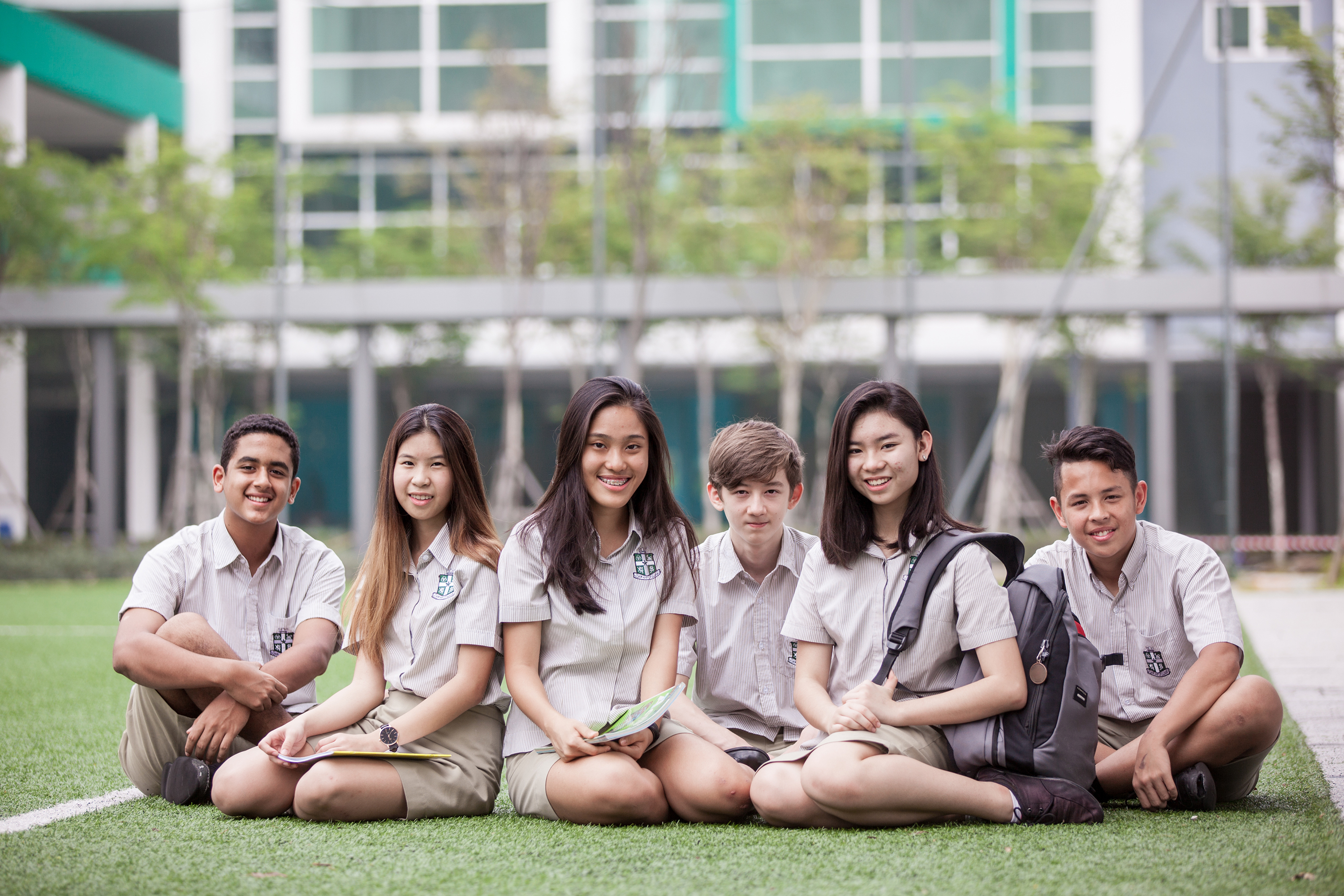
The students of such a system in Malaysian public schools are parents and teachers of today, and sadly, misconceptions about science learning can survive across generations. Those who distanced themselves from biology, chemistry or physics often form skewed beliefs of their ability to understand and apply scientific concepts. Parents can disseminate these negative connotations to their children, instead of allowing them to make up their own minds about science.
In understanding conundrums such as these, it is important to note that the education landscape is ever-evolving. Darren Jones, Head of Science at St. Joseph's Institution International School Malaysia (SJIIM), points out how parents who went through a rote learning system in which they had to memorise facts might form such beliefs - but this is no longer practised, and is in fact actively discouraged.
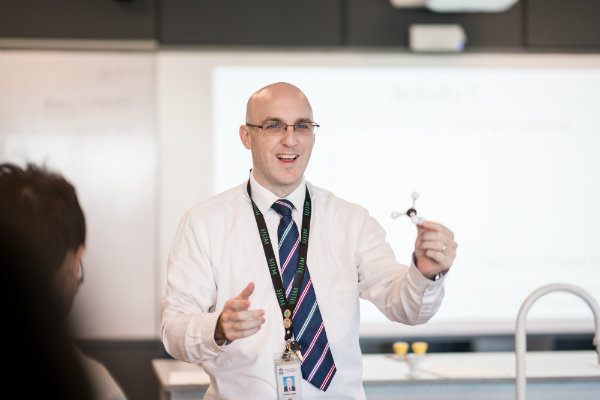
Darren Jones, Head of Science at SJIIM
A necessary shift
Jones says that at SJIIM, there is a growing departmental focus on science, technology, engineering, arts, and maths based programmes, to extend inquisitive students even further in preparation for their chosen field of study and career.
Beyond the development of future scientists' knowledge and skills, the skills students learn in science act as tenants for almost all subject areas.
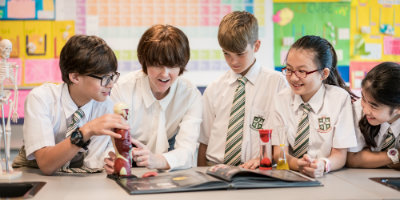
This is corroborated by the UNESCO’s International Bureau of Education (IBE), which has pointed out that STEM-based learning and disciples are not only key in ensuring long-term socioeconomic growth, but also in supporting creativity, critical thinking, problem solving, communication and collaboration in non-STEM areas. These are necessary in becoming competent and capable citizens in a technology-dependent society and globalised world.
In 2015, it put forth a plan to encourage the evolution of curricular and pedagogic approaches in STEM learning, from knowledge-based, content-led rote learning of abstract concepts to practice-based, process-led experiential learning that solves real-world problems.
According to Jones, this is paramount in education because children around the world still struggle with facilitating their own learning.
"They may have limitless technology and information at their disposal, but can they access that information efficiently and effectively? Can they evaluate it critically and competently and identify objective facts from propaganda? Do they understand the real ethical, legal, and moral issues concerning access to and use of information? Can they create meaning from data? In essence, do they know the value of information, aside from what is needed to pass a test?"
It starts with query
Rebecca Taylor, Head of Science at Garden International School, opines that a good question is one of the main ingredients in a successful science lesson. "We want students to ask, 'Why is this phenomenon happening?', then explore how they would find out the reasons. We want them to be interested in the world around them and want to know more,” she says.
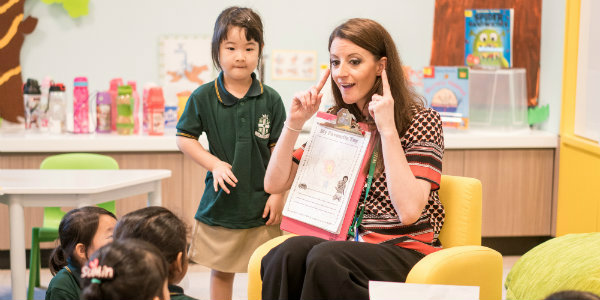
Applying the scientific process through investigations and demonstrations allow students to answer these real-life questions in a hands-on manner.
Teachers around the world would agree that exploration is at the very core of effective science education. Exploration appeals to children’s innate sense of curiosity, jumpstarting their learning on the path to the discovery – which makes more sense than accepting a set of known facts as truth. The purpose of exploration is to light the passion that drives students to discover the truth for themselves.
At GIS, for example, Year 10 students took a trip to Ulu Gombak to study aspects of ecology such as species extinction and conservation, pollution, and even simple food chains and webs. Students in Year 12 and 13 are brought to experience university-standard laboratory facilities, with many of them intending to pursue science-based courses soon.
"There are so many ways in which you can interact with science when you are out and about – science museums, planetariums and aquariums are all great with interesting activities and displays, but a simple nature walk can also allow you to explore more scientific phenomena," says Taylor.
It is truly something incredible when students take it one step further to share and spread their appreciation for science. At SJIIM, for example, the International Baccalaureate (IB) students ran an inquiry-based Science Experience, which they developed, planned and organised themselves to instil a sense of wonder and intrigue in younger students, with hopes to leave a lasting impression of what science means in our everyday lives.
Moving forward, Jones shares that SJIIM looks to further develop a progressive concept-based curriculum which enables children to think for themselves, explore, make mistakes and move forward.
"Quite simply, we want our students to be human; which is far removed from the stuffy, unromantic vision of science portrayed many years ago," he says.
The sky is not the limit – there’s space
According to Taylor, students are increasingly engaged and interested in science, with media making everyday science more accessible through television shows and social media feeds. They are made aware that the world around them relies on scientific knowledge and understanding.
A prime proponent of science literacy in popular media is master of science communication and arguably this generation's Bill Nye – Neil deGrasse Tyson. He refers to what he does as the ‘manifestation of curiosity’, recognising that people who are not deeply interested or involved in science better absorb new concepts when the scientific idea is embedded in familiar ground.
Tyson illustrates this artfully in his book Astrophysics for People in a Hurry, for instance in the sentence, "In the beginning, nearly fourteen billion years ago, all the space and all the matter and all the energy of the known universe was contained in a volume less than one-trillionth the size of the period that ends this sentence.”
Similarly, effective teachers are able to navigate students' scientific quests lest they get lost in the vast space of inquiry, data and knowledge. Creating meaning that resonates with every individual is no easy task, though.
To champion true access to science education, we must also address the demographic disparities and stereotypes that limit the participation of certain groups - for example, young girls or individuals from rural, indigenous communities.
This is in tandem with the integrated learning approach that places importance on combining social and emotional aspects with knowledge and cognitive development in the learning process. After all, any subject matter must first resonate with students to ignite a spark of wonder.
Recent Articles
- The Ideal School for a Holistic, Well-Rounded Education: Maple Leaf Kingsley International School
- From GIS to Charterhouse to SOAS: Zeeshan Fatmi’s Academic Expedition
- Beaconhouse Gasing Preschool: Leading Transformation with IEYC Curriculum Introduction
- BSKL and Charterhouse Grad Scores Dream Spot at New York University
- Leannie Liew’s Journey at Cempaka International School: Pushing Boundaries and Discovering Potential
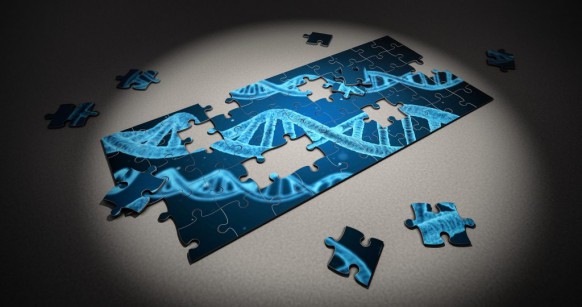






 Login with Google
Login with Google